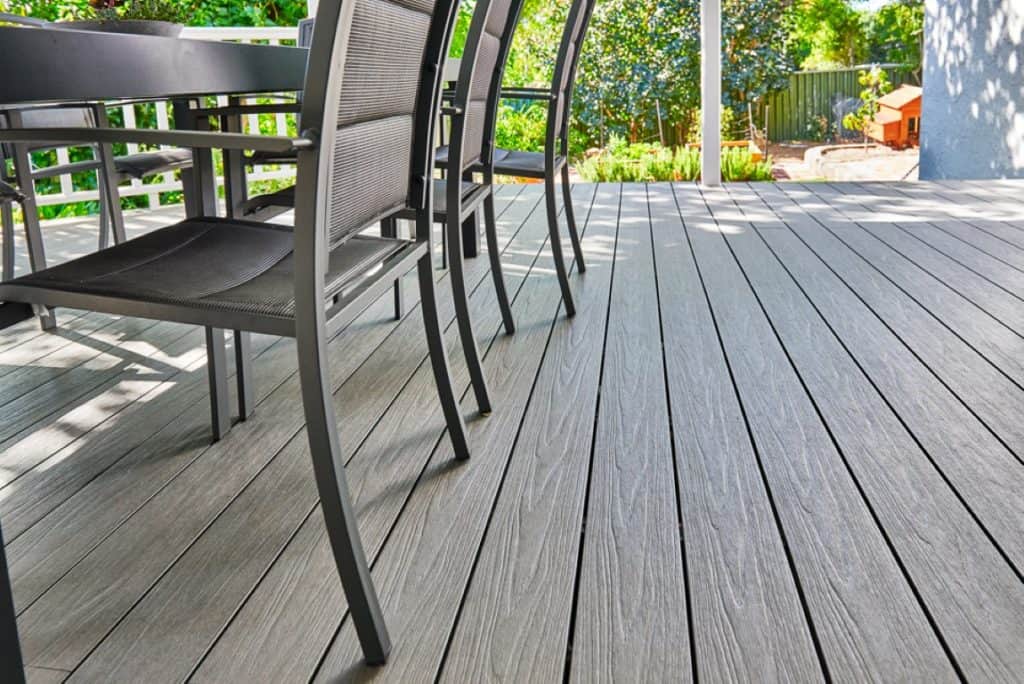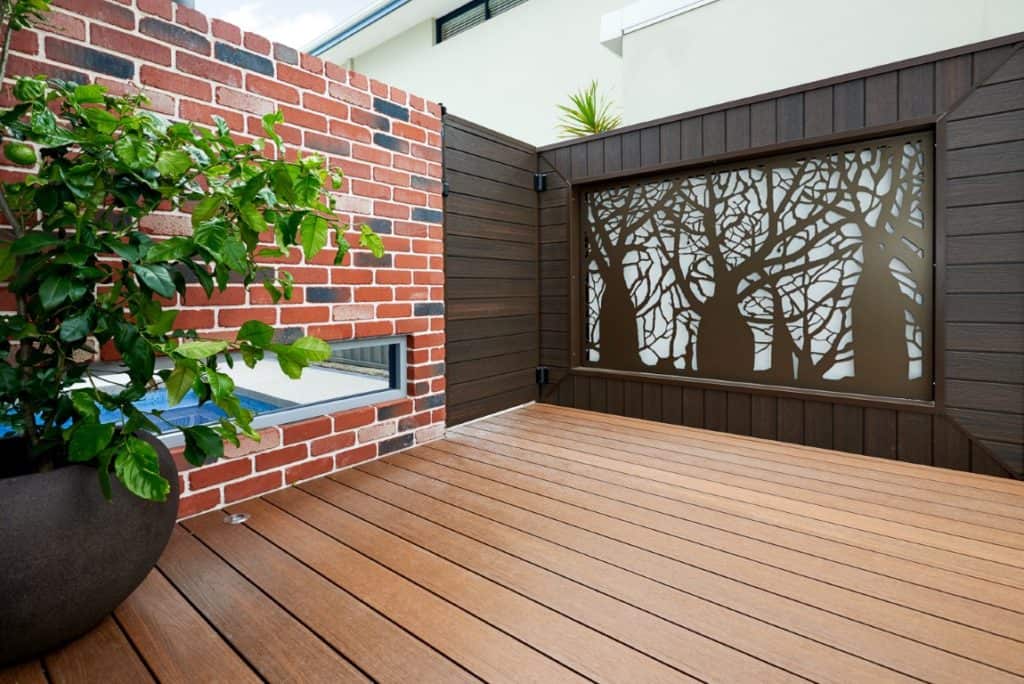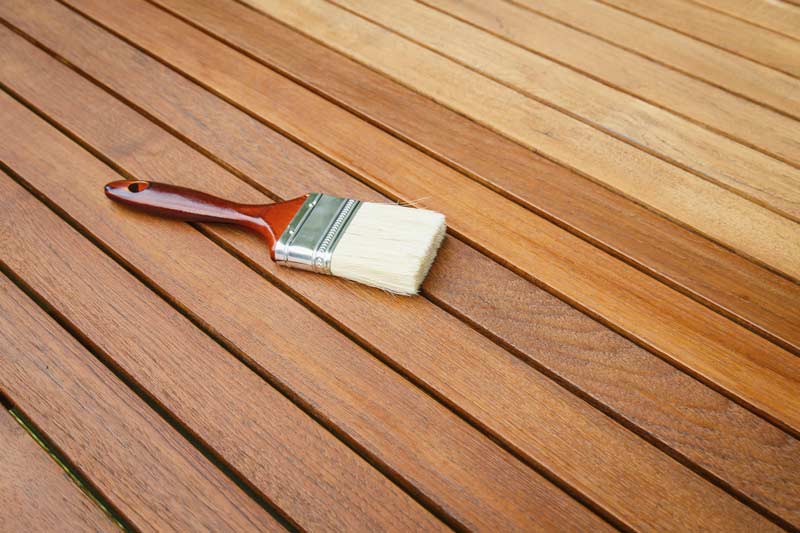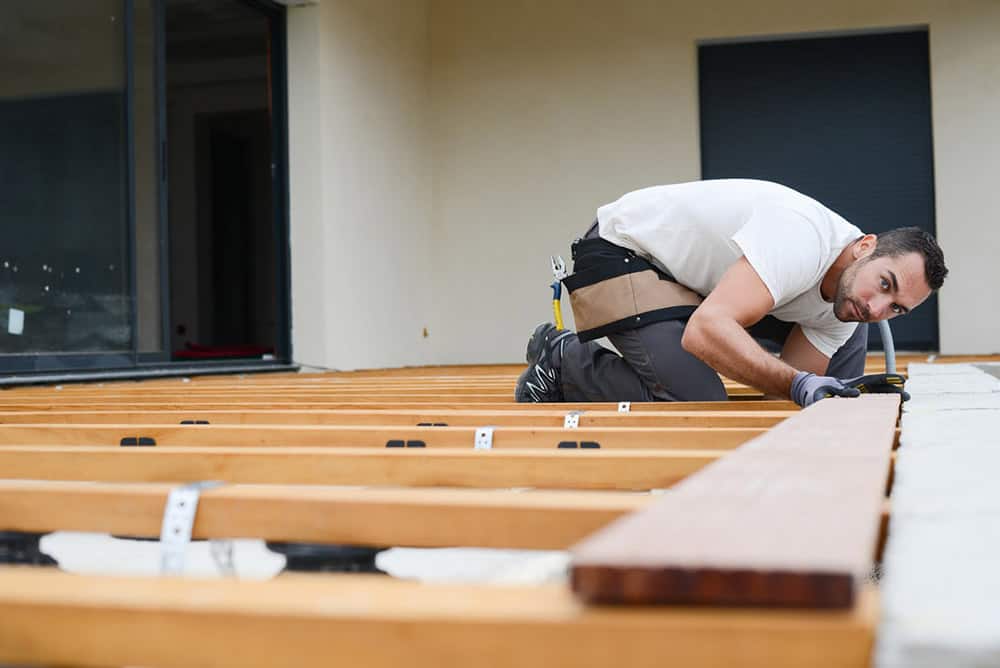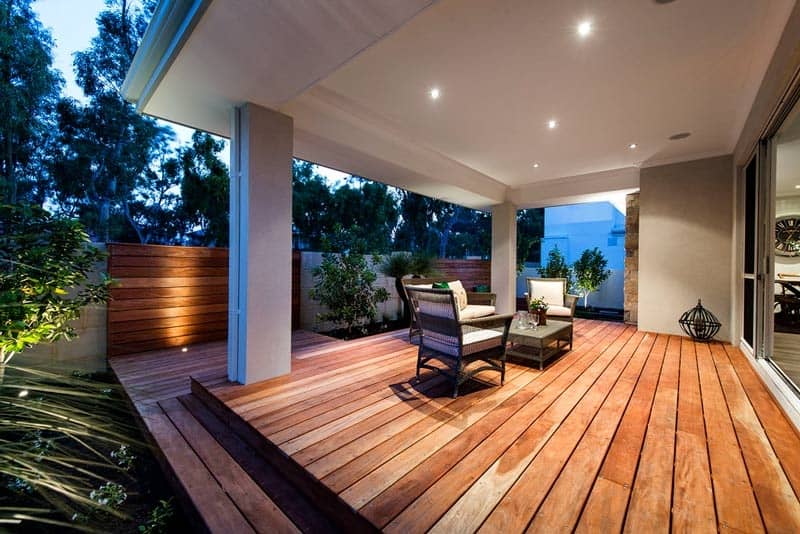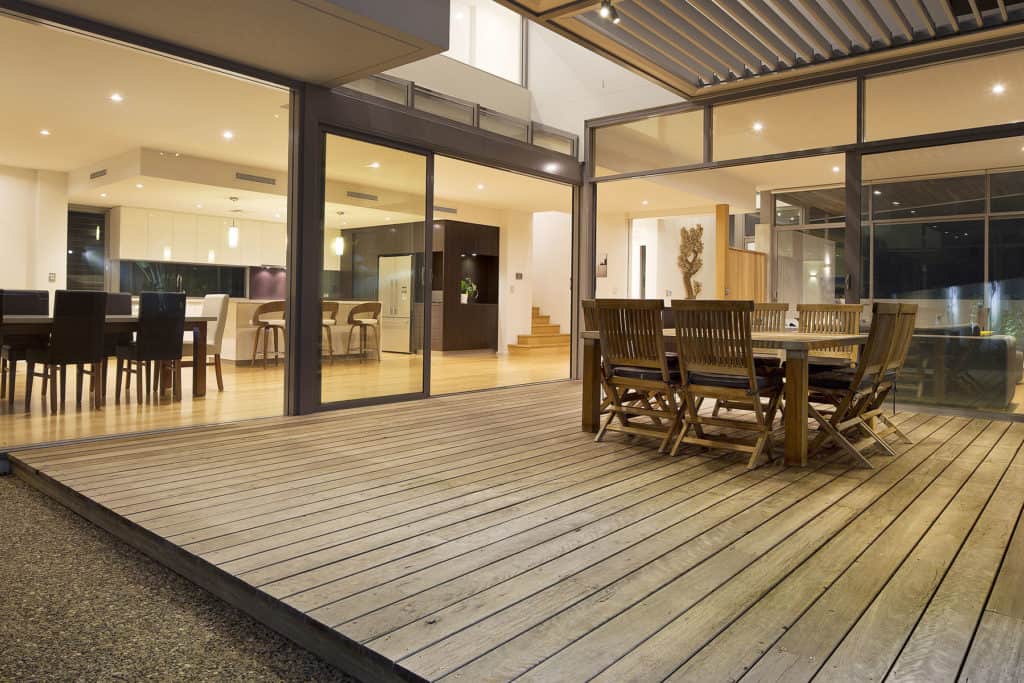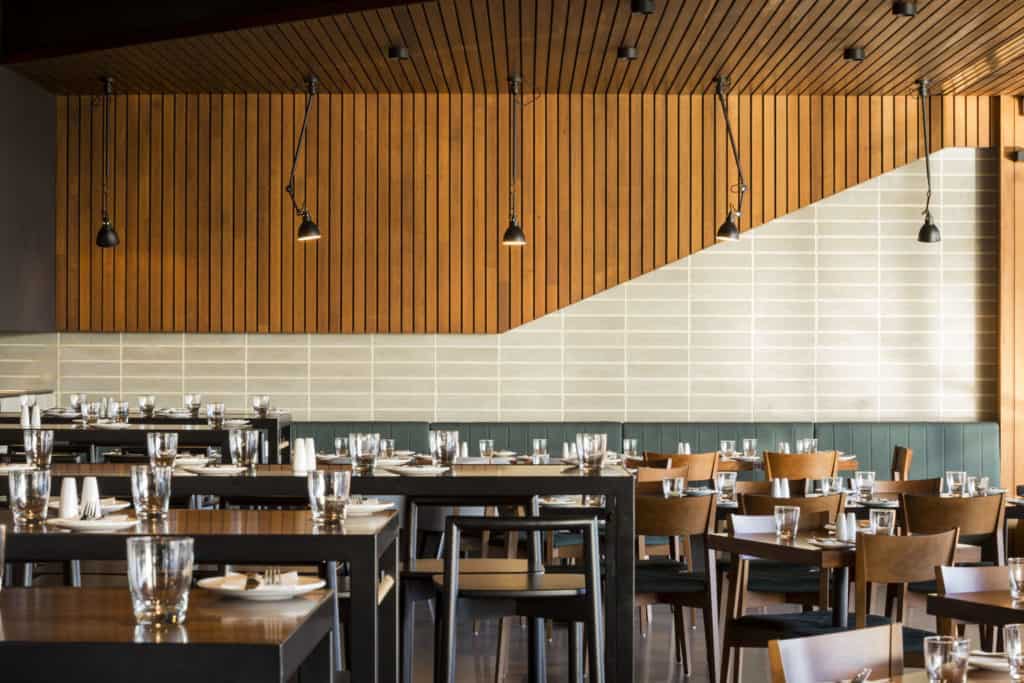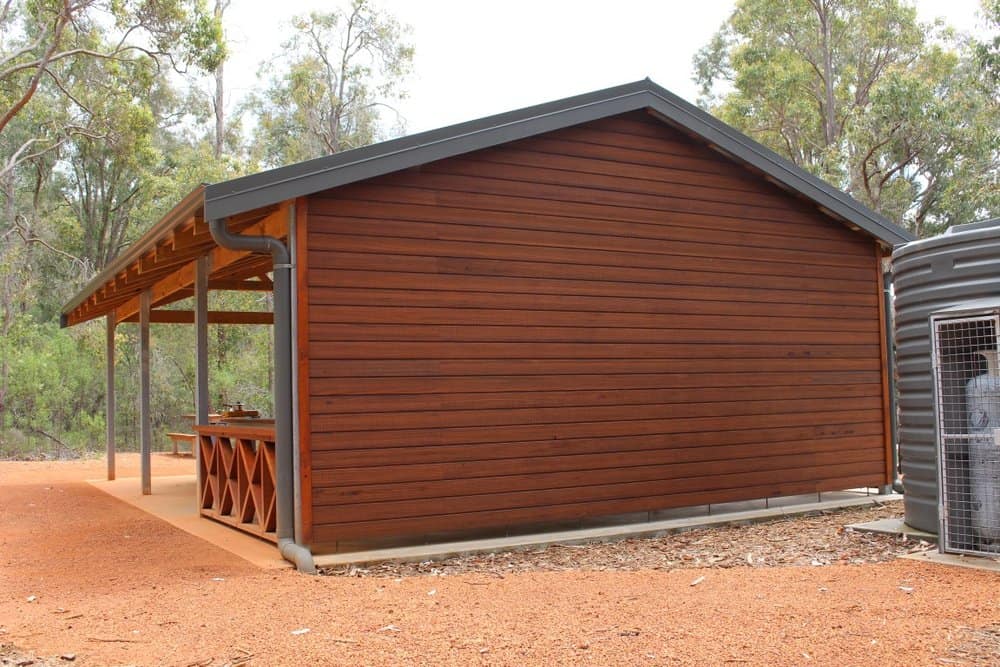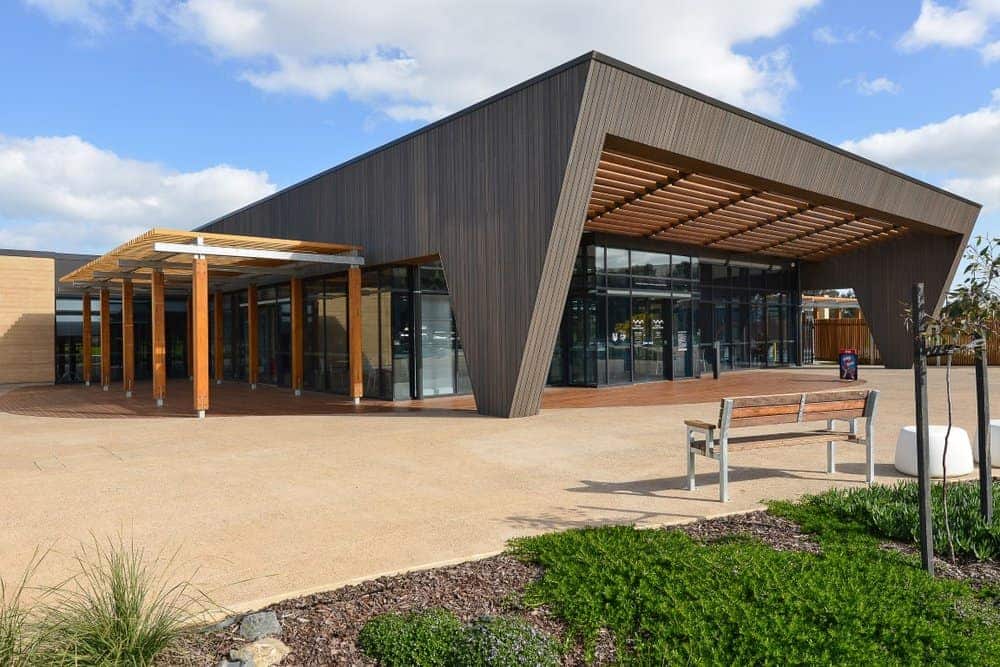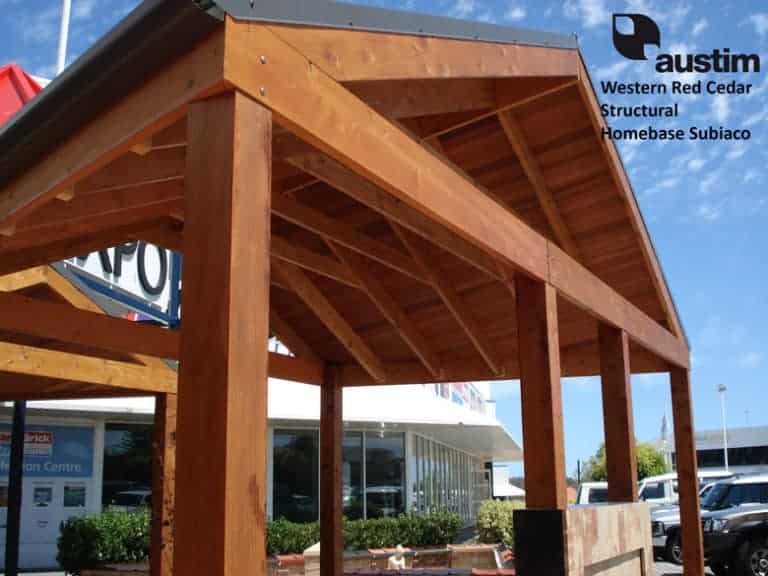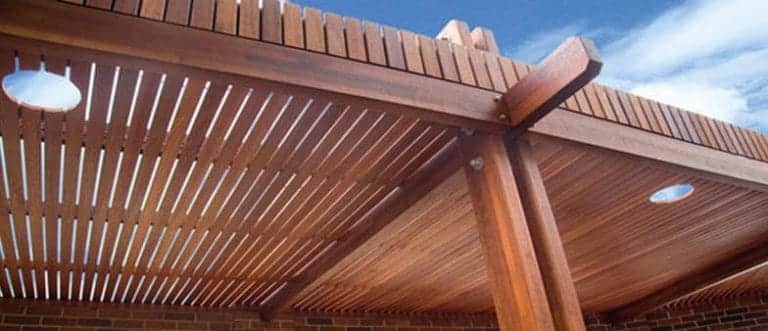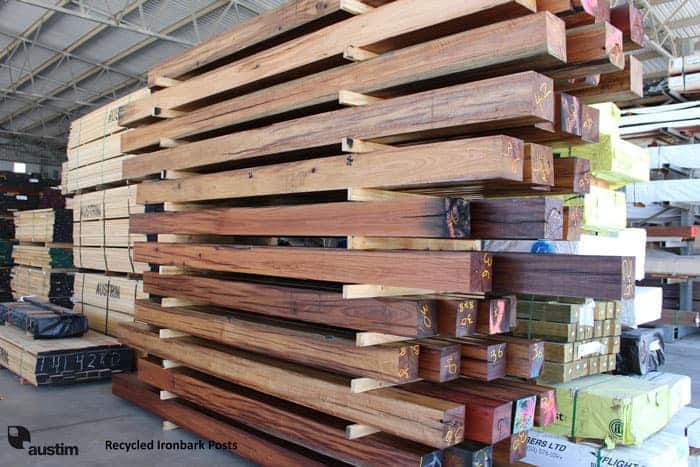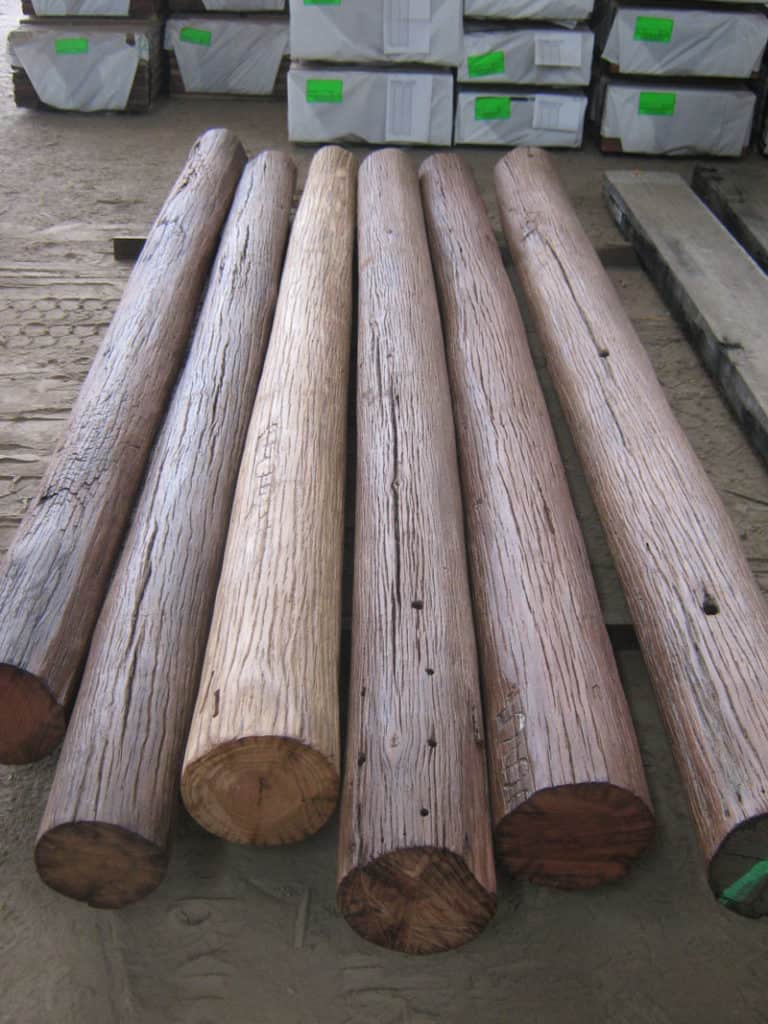Playing outside in the garden sounds like an idyllic family day, but it can only take a few seconds for that fun to turn to tragedy. No parent wants to spoil their child’s enjoyment while they are in the garden, but the facts and figures speak for themselves: accidents can and do happen on a regular basis.
The one fact that highlights the potential danger to your children is that injury has now replaced disease as the biggest single cause of death to children after their first birthday.
Almost 40% of all of these accidents occur in and around the home, and children under the age of five are particularly vulnerable. The vast majority of these accidents are preventable incidents. Here is a look at the main aspects of good garden safety for children that parents need to be aware of at all times to keep their children as safe as possible.
Follow these garden safety tips to keep yourself and your children safe.
Reduce the risk of drowning
Decreasing drowning risks is a huge part of garden safety for toddlers and children. Water is like a magnet to young children, and they are often drawn to it as a source of play.
Swimming is great for fitness, fun, and health, but there is always a serious risk of drowning in a matter of moments. Because of this risk, children should never be allowed access to any water feature without constant adult supervision.
It is not just pools and ponds that you need to be wary of. A baby or toddler can drown in as little as 5 cm of water, and they tend to drown silently and don’t know to call out for help.
Even a bucket filled with rainwater presents a danger to a small child, so make sure you identify any potential drowning risks in the garden and take steps to protect your children.
Swimming pool safety
If you have a paddling pool for your toddler in the garden, watch them at all times when it is filled with water and empty it every time after they have finished playing.
If you have a swimming pool in your garden, you must observe current safety laws. The general requirement is that you must have a four-sided fence around any pool that can be filled to a depth of more than 30 cm of water. This includes all inflatable and portable swimming pools.
The fencing that surrounds the pool is a safety barrier and needs to be a minimum of 1.2 metres high. The design should incorporate no direct access to the pool from the house or any other building.
The barrier gates that are used need to be self-closing and self-latching, and it is illegal to leave a pool or spa gate propped open. Also consider the positioning of any pots, chairs or other objects which could be used by children to climb over the fence.
Even when you have all of these measures in place, remember that safety barriers and pool fencing are never an adequate substitute for active adult supervision of your children around water. Always be vigilant and warn your children of the dangers, even when you have created a suitable restriction of access.
Eliminate poison and chemical burns
There are a number of different garden products regularly used around the garden that present a hazard to children and need to be secured out of sight.
Make sure you keep any chemicals stored away securely, preferably in a locked cabinet, as curious children can soon become exposed to poisonous and hazardous chemicals without realizing the danger.
Accidental poisoning is a clear danger to children; weed killers, solvents, and adhesives all present a serious risk. Never transfer chemicals to alternative containers, as it could lead to confusion and accidental poisoning incidents. Always keep these items in their original containers, so that the contents and warnings are intact and visible.
Safely store garden tools
As with the storage of outdoor chemicals, garden tools should be kept out of the reach of children at all times.
Children can and do suffer injuries from sharp garden tools that have been left around, so it is important to keep these items out of sight and out of reach of children. Child-sized gardening tools like shovels, rakes, and gloves can be found at most gardening or home improvement stores and offer a safer option for small hands. Though these tools are made specifically for children, they should still be used under adult supervision.
It is also important to keep your children at a safe distance when you are using your lawnmower and other potentially dangerous power tools.
Inspect landscaping and decking features
Many gardens have some sort of timber feature which involves decking, balconies, or verandas, all of which have the ability to enhance the look of your home and provide some extra recreational space. However, if not installed and fitted properly, these features could add to the risk of injury or even death as a result of a fall. Safety precautions and guidelines must always be followed.
Once installed, you should inspect the decking or balcony area regularly for any signs or damage that could lead to a structural failure. Timber can be negatively affected by termites or borers, which could weaken the structure. If decking wood has been weakened sufficiently over time, this can eventually result in someone falling through, so it is important to repair any damage and always maintain your decking.
You also need to ensure that the wood is coated on a regular basis, as timber can easily be affected by constant exposure to water and the elements. Consider what equipment or other heavy items you put on your balcony or decking and make allowances for any permanent feature that is expected to be heavy, like a statue, furniture or heavy plant, when designing the structure in the first place.
To keep your decking areas, verandas, and balconies safe, follow the local building guidelines regarding height and other precautions.
Use handrails and balustrades where necessary to keep yourself and your family safe. Consider the load weight, making allowances to sufficiently strengthen the structure so that it is fit for the purpose for which you are using it.
To prevent your decking from becoming a slipping hazard, make sure you keep it clean; the combination of moisture and organic matter can make the surface slippery. Also consider using non-slip mats or strips for areas that are heavily used, so that you have a safer pathway.
Following the required building regulations, and maintaining the structure for damage and wear & tear on a regular basis will help you avoid any unfortunate incidents.
Enforce electrical safety
Having a convenient electricity source outside in your garden will make your tasks easier. However, by having electricity available outside, you are also introducing the risk of injury or death from electric shock, especially in wet conditions. The risk of serious injury or death is much greater when using electrical equipment outdoors than it is indoors, so you do have to be extra careful, especially when gardening with children.
The simple electrical safety tip to remember is that water and electricity don’t make a good mix. If it is raining or the ground is damp, avoid using any electrical equipment. Always keep these items out of the way of children whenever they are not in use and you are not around.
Always make sure that your outside electrical source has an RCD (residual current device) fitted. RCDs are proven life savers; they help to protect you against an electric shock if you cut through an electrical lead. They also reduce the risk of electrical fires.
Garden ponds pose a potential child hazard beyond the risk of drowning if the ponds have electrical pumps. Make sure any such pumps are fitted correctly and appropriately child and tamper proofed. Have the pump checked regularly and ensure that it is connected to an RCD, so you reduce the risk of electrifying the water.
Provide safe barbecue areas
Always practice good safety around barbecues, as they are the cause of many garden accidents every year.
The most common barbecue-related injury is a burn or scald as a result of contact with a flame or hot surface. This probably won’t surprise you , since you are cooking with fire, but injuries can also occur from cuts and tears caused by sharp edges.
Young children need to be kept away from the immediate cooking area at all times and under strict adult supervision when in the vicinity of the barbecue. There are a number of things you can do to make your family barbecue experience safer.
Make sure that the barbecue you are using is durable and on level ground, as stability is essential. Ensure that the barbecue cannot be easily tipped or overturned. If the barbecue hasn’t been used in a while, check that there are no loose or damaged parts and make sure it is still fit for purpose.
Never consider lighting your barbecue in an enclosed space or near trees, fences or other potentially flammable materials.
Never leave your children unsupervised around your barbecue, and ensure that it is fully extinguished after use. Even once the barbecue is turned off, surfaces can remain hot for quite some time, so keep children away until it has fully cooled. Once you have vacated the area to enjoy the food, small children may see the ideal opportunity to indulge their curiosity of the area they were prohibited to enter earlier, so remain vigilant.
Decrease trip and fall risks
Your kids are going to want to run around the garden and play, so take a look at the layout of your garden and eliminate potential trip, slip, or fall hazards.
Talk to your children about the dangers of climbing unsuitable heights, and always encourage them not to climb onto roofs or other high surfaces such as the shed.
If you allow your children to play in the trees in your garden, make sure that you prune the branches to a safe height.
If you have play equipment such as a swing or a slide in the garden, think about where you position it. Ideally, your swing or slide should be positioned over a soft landing area such as well-watered grass or a mat. Do not put any play equipment on a hard surface such as concrete, paving or tarmac, as this can cause a serious injury if they fall from the equipment.
Know the plants in your garden
It is important to mention that if you have young children in or near the garden, pay attention to the plants and flowers that may present a threat to their health.

Many native and exotic plants are poisonous when ingested, and harsh reactions can happen when skin comes into contact with certain plant chemicals.
One of the most common issues with poisonous plants is not the obvious problem of kids trying to eat them; it is the sap oil given off by poisonous plants that can cause an allergic reaction. Even contact with a microscopic amount of some poisons can cause an allergic reaction.
Keep yourself and children safe by checking what plants you have in your garden. If you are unsure about any species and how harmful they might be, get some expert botanical advice. Removing poisonous plants presents a risk in itself, so exercise caution when getting rid of any plants that could present a danger to your children.
Your garden is an attractive and fun environment for you and your family, and is a great place to spend some time together. Take the time to check that you have done everything you can so everyone in your family is safe every time they step into the garden.
Want more information on keeping children safe in the garden? Check out these useful resources:













